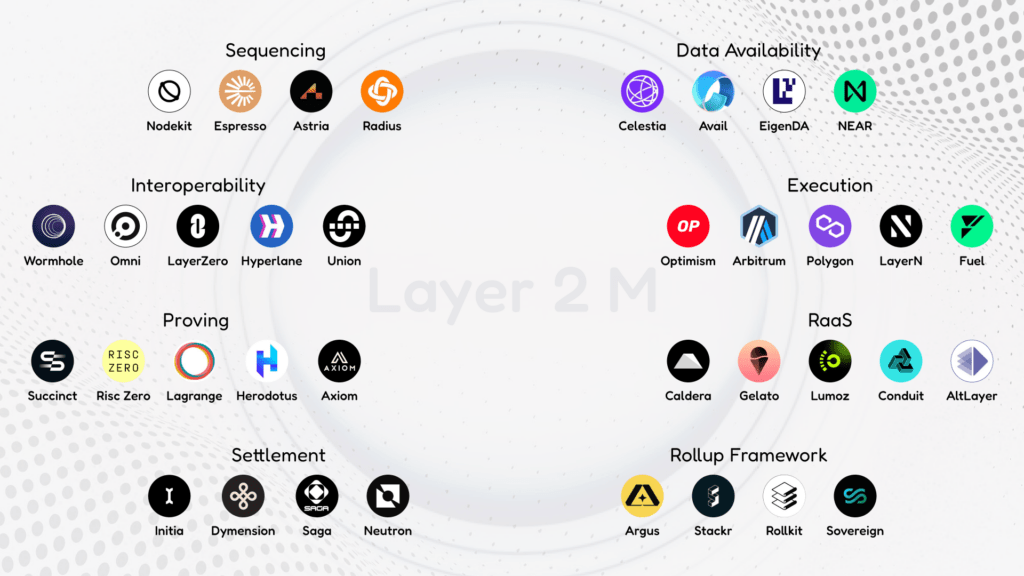Research Summary
The report discusses the introduction of a fault-proof system on Optimism’s testnet, a Layer 2 solution. The current lack of a fault-proof system means that invalid state roots are permitted, posing a potential risk to funds. The new system will make the Optimism Superchain more decentralized, efficient, and secure. The report also highlights the importance of fault-proofs in Layer 2 security and the role they play in transaction validation.
Key Takeaways
Importance of Fault-Proofs in Layer 2 Security
- Role of Fault-Proofs: As an Optimistic Rollup, Optimism assumes transactions are valid until proven wrong. Fault-proofs are used to challenge and detect conflicting and invalid transactions. If a transaction batch goes unchallenged until the end of the challenge period, it’s considered valid and gets accepted on Ethereum.
- Withdrawal Delays: The fault-proof system is why Optimistic rollups experience 7-day delays for their withdrawals. This delay is required to run fault-proofs and ensure there are no invalid transactions.
Current Risks in Optimism’s System
- Trust in Centralized Sequencer: In the current configuration, users need to trust block proposers to submit correct L1 state roots. The lack of fault proofs means that challenging transactions remains permissioned. The sequencer could unilaterally stop transactions or appropriate user funds, and users would have no way to counteract such fraudulent or inaccurate submissions.
Introduction of Fault-Proofs in Optimism’s Testnet
- Progressive Decentralization: The introduction of fault-proofs after mainnet launch stems from the Optimism team’s vision of progressive decentralization. In the first week of October, the Optimism network successfully launched a testnet version of its modular system of fault-proofs.
- Modular Fault-Proof System: The fault-proof system will be modular, allowing each network built on the Optimism Stack to leverage a unique fraud prevention design. These elements can be implemented separately according to protocol needs, thus custom-building their fault-proof system.
Benefits of a Fully Functioning Fault-Proof System
- Decentralization: Implementing a fully functioning fault-proof system brings Optimism closer to full decentralization. The system is also instrumental in moving forward several protocol implementations closer to Optimism’s technical and social decentralization.
- Diversity: The modularity of the system and the diverse contributors ensure that Optimism will reflect this diversity in its decentralized nature.
Actionable Insights
- Investigate the Potential of the Fault-Proof System: With the introduction of a fault-proof system on Optimism’s testnet, it’s worth exploring how this development could enhance the security and efficiency of transactions on the Optimism Superchain.
- Consider the Implications of Progressive Decentralization: The Optimism team’s approach to progressive decentralization could have significant implications for the future of Layer 2 solutions. Understanding these implications could provide valuable insights for other projects in the space.
- Assess the Impact of Modularity: The modular nature of Optimism’s fault-proof system allows for unique fraud prevention designs. This could potentially lead to a more diverse and robust Layer 2 ecosystem.












